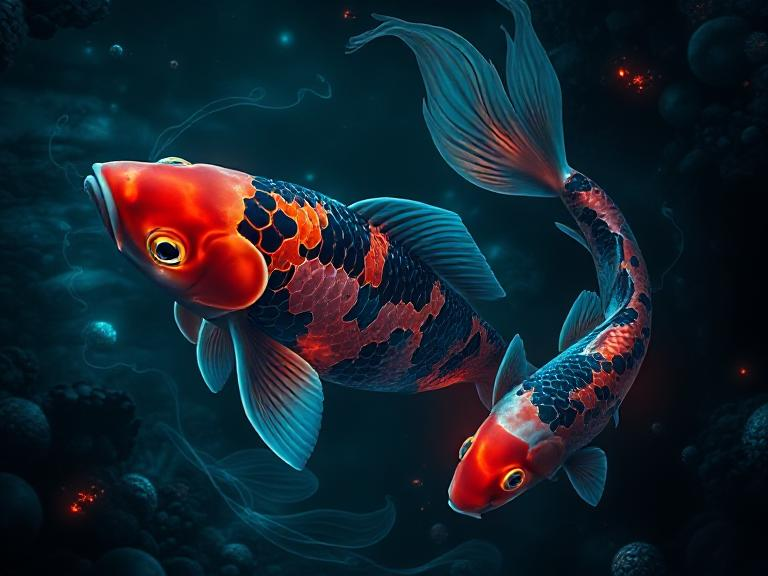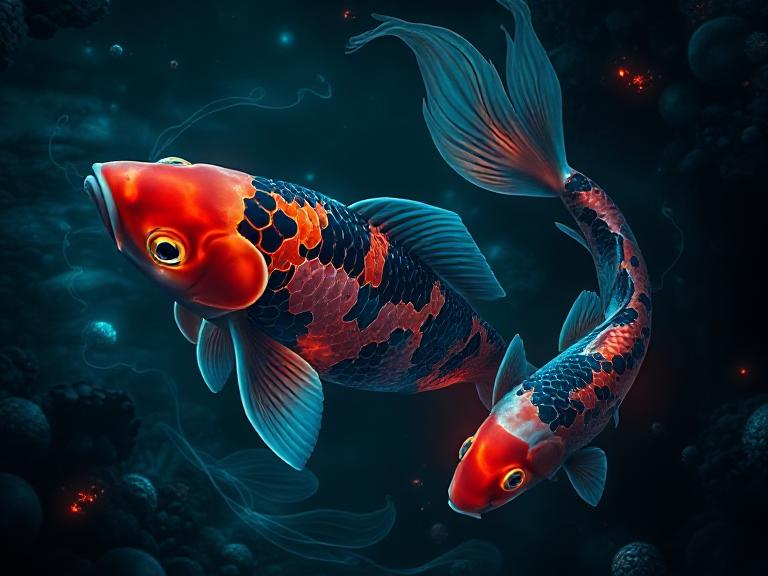
Koi fish are more than just ornamental fish; they hold deep cultural significance and history. Originating from China and Japan, these colorful fish have become symbols of prosperity, perseverance, and good fortune.
1. The Origins of Koi Fish
Koi fish, scientifically known as Cyprinus rubrofuscus, were originally bred from common carp. The Chinese first domesticated these fish, but it was the Japanese who developed the vibrant color variations we see today. Over centuries, selective breeding has led to the creation of different koi varieties, each with unique patterns and colors.
2. Symbolism and Cultural Significance
Koi fish hold a significant place in Asian culture, particularly in Japan. They are often associated with strength, as they are known for swimming upstream against strong currents. This quality has made koi a symbol of perseverance and determination.
- Red koi symbolize love and passion.
- Black koi represent overcoming adversity.
- Gold koi are linked to wealth and prosperity.
- Blue koi signify peace and tranquility.
3. The Legend of the Dragon Gate
One of the most famous legends about koi fish is the story of the Dragon Gate. According to Chinese mythology, koi that manage to swim upstream and leap over the Dragon Gate will transform into dragons. This story reinforces the idea of ambition and personal growth, making koi a popular symbol for success.
4. Keeping Koi as Pets
Koi fish are not only admired in paintings and folklore but also kept as pets in outdoor ponds. They require well-maintained water, a balanced diet, and proper care to thrive. Many koi enthusiasts enjoy watching these fish grow, as some can live for over 50 years and reach impressive sizes.
Conclusion
Koi fish are more than just beautiful creatures; they embody cultural values, legends, and personal aspirations. Whether kept in ponds or admired in artwork, these fish continue to captivate people worldwide with their elegance and symbolism.

